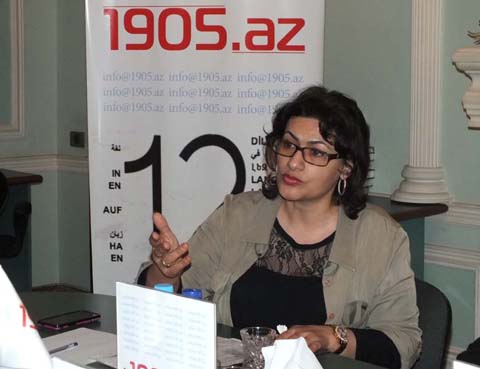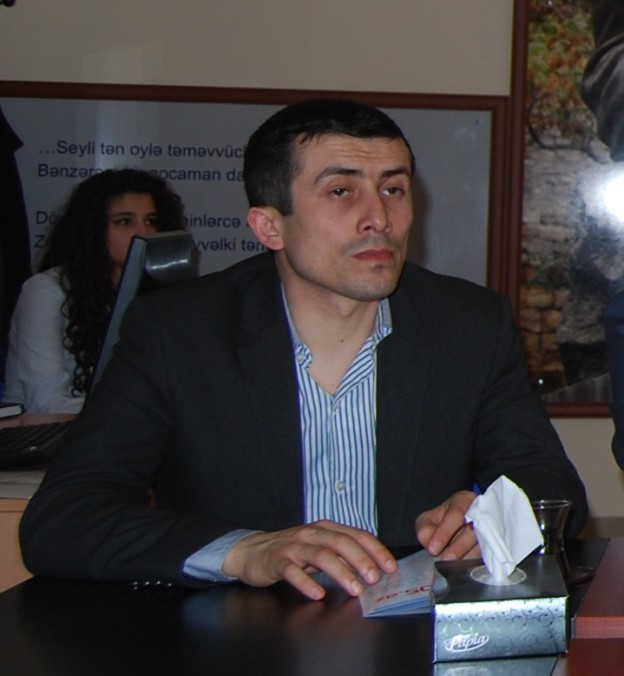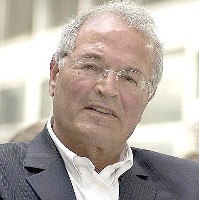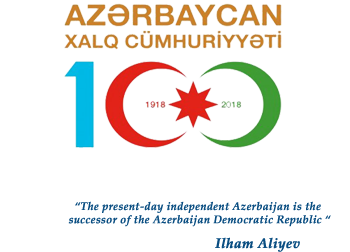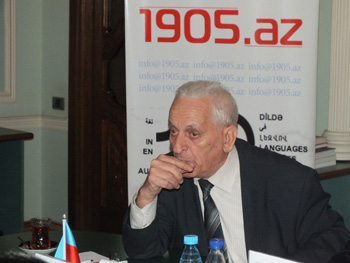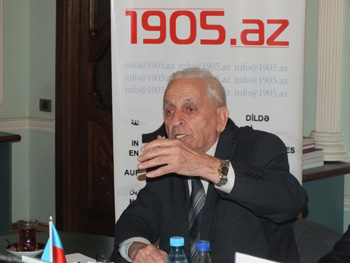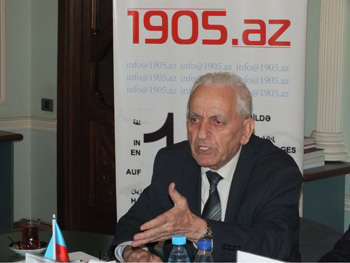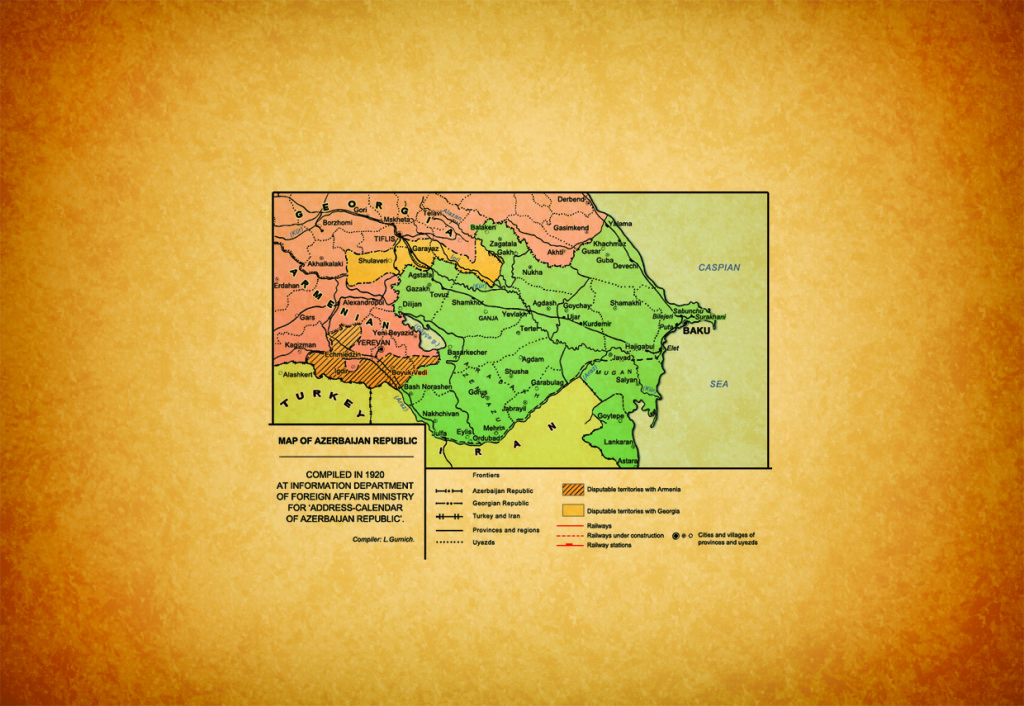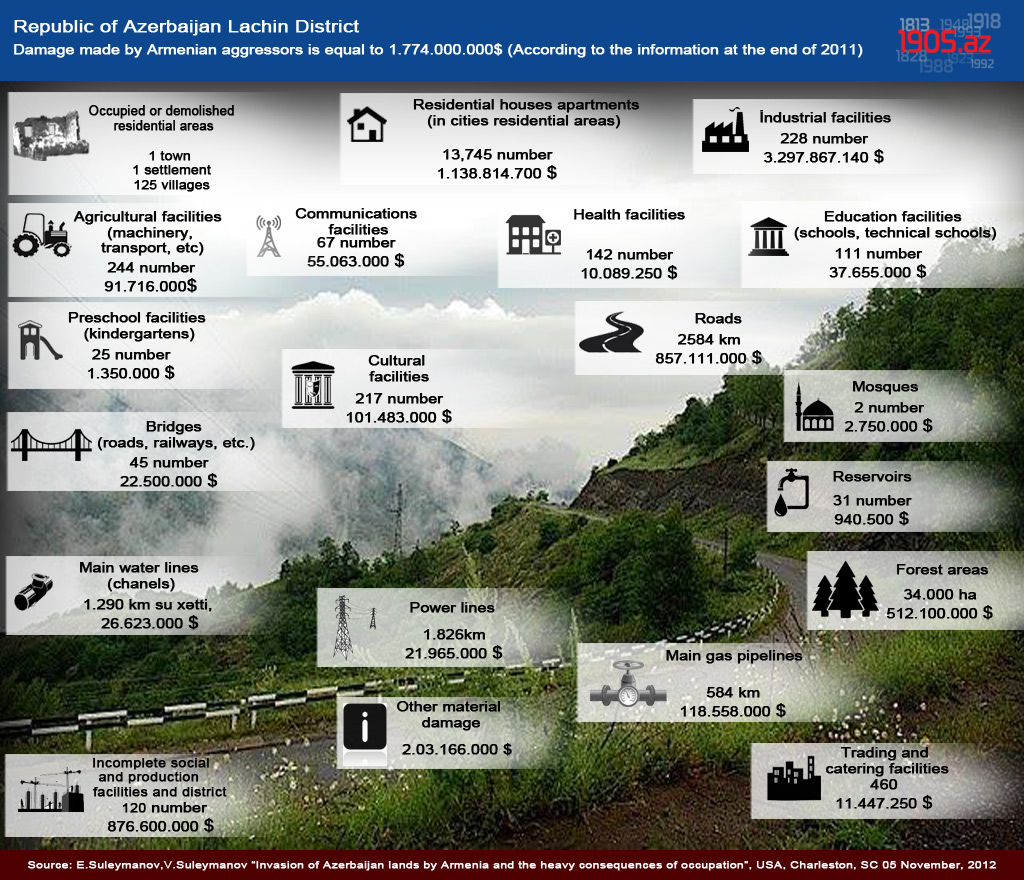Our interlocutor is the well-known historian and archeologist, correspondent member of the National Academy of Sciences of Azerbaijan, Ilyas Babayev.
– Mr. Babayev, for many years you have been leading the archeological excavations in Gabala, the center of the Caucasian Albania. How were the social and political conditions in our territories on the eve of the establishment of the Caucasian Albania?
– Albania was founded in IV century BC. Previously, this area was part of the Achaemenid Empire that extended from north-east Africa, including Egypt in the west to the Indus River Valley in the east, from Persian Gulf and the Indian Ocean in the south to the Greater Caucasus Range in the north. There had been no larger empire than the Achaemenid Empire, which was established in 550 BC. The researches show that South Caucasus, especially South East Caucasus that is the territory of present-day Azerbaijan was part of Medes prior to the Achaemenids. Having passed through the Derbent passage sandwiched between the Caspian Sea and the Caucasian mountains in VII century BC, the nomadic Scythians dominated in the region for 28 years. After defeating and expelling them, the Median ruler Cyaxares restored the Median reign.
Having revolted, Kourosh II (or Cyrus as named by the Greeks) of Achaemenid dynasty, the ruler of the Persian (Persida in Greek sources) province of Medes defeated the Median king Astyages and founded the Achaemenid state. Cyrus II (550-530 BC), his son II (530-523 BC) and Darius I (522-486 BC) created a large empire by invading many countries within a short time. According to Herodotus, the northern border of the empire reached the Caucasus Mountains.
Archeologist Ideal Narimanov discovered a pedestal in Saritepe monument, Kazakh. Another important artifact was later found in a place named Gumbati in the Azerbaijani-Georgian border. The findings confirmed the information of Herodotus on South Caucasus`s being part of the Achaemenid Empire. The monument discovered in Shamkir in archaeological excavations of the international expedition I led is the biggest of such artifacts. Only the building itself occupies half acres, while it covers up to 20 hectares with its yard. Several squared kilometers are occupied by the magnificent palace. Apparently, the main administrative center of the Achaemenid Empire that ruled the South Caucasus was located here.
– Which period is the initial information on Albania and the Albanians dated?
– In 336 BC, Alexander the Great attacked the Achaemenid Empire. Our local population, the Albanians, is also mentioned regarding the decisive battle at Gaugamela in 331 BC. The Caspians dwelled in this region before the Albanians. We believe that the Albanians, too, were included in the Caspians. Thus, the socio-economic base for the establishment of Albania had already been formed in the second quarter of the first millennium. Since 1959, I have been conducting archaeological excavations in Gabala, the capital of Albania. In this connection, I would like to mention our prominent scholars Saleh Gaziyev and Gara Ahmadov, who carry out excavations in Gabala. Since 2006, the Germans, Russians and Georgians have also participated in the expedition.
My doctoral thesis deals with the formation of ancient cities. The existence of a city means the existence of a state, which in its turn, means the presence of a legal system. Such conditions had already been formed by the mid-I millennium BC. The consolidation of the tribes living in the area had been completed during the Achaemenid period. Strabo mentions 26 tribes dwelling in the region. Each tribe was led by its own basileus. The names of only three of them are known to us. The capital of Albania was Gabala. Some written sources also contain information about the Albanians. However, sometimes they do not reflect the realities.
For example, Strabo noted that the Albanians, not inclined to trade, were involved in barter. As if they did not use money. However, we have unearthed great treasures. It turns out that the Albanians had minted coins 300 years prior to Strabo. Their coins look like those of Alexander the Great. I have published all this information in Moscow in 1971.
The Hellenistic period started in IV century BC, when trade turned into global trade. The Great Silk Road emerged in II century BC. It was a system of trade routes, several of which crossed the territory of Albania.
During the campaign of the Roman general Pompeus, the Albanian ruler possessed 60,000 infantry, 22,000 horsemen. These are certainly great figures. For example, Alexander the Great had only 30,000 infantry, 5,000 horsemen during his Eastern campaign. The above-mentioned figures also demonstrate the great number of Albania`s population. In II century BC, Ptolemy mentioned 29 Albanian cities. Some of them were large settlements. The number of the cities is equal to the number of the tribes. All these facts can help clearly understand the scale of the country.
The excavations in Gabala unearthed so many valuable findings that they hell to learn not only the history of Azerbaijan, but also the history of the Caucasus and the Middle East.
Albania was the first independent state in the territory of North Azerbaijan. Several countries, including Manna had existed in the south. The name of Gabala was mentioned in I century BC. Pliny the Elder wrote about Gabala. In 1967, I discovered the whereabouts of the Gabala mentioned by Pliny. The excavations I conducted in the last two years show that there had been much older residential areas. I found granaries with parched barley at their bottom. It means that the social and economic issues need to be revised. In other words, there was a major basis for the establishment of cities in VII-VI centuries BC.
Gabala remains the capital of Albania until V century AD. The Achaemenids did not spread their customs and religion when Albania was part of the Achaemenid Empire. According to the Greeks, the Albanians worshipped Zeus, Helios, Selene, mostly the God of the Moon. The high priest of the God of the Moon was the second man after the king.
The emergence of cities usually requires writing system as well. There is information on the correspondence between Pompeus and the Albanian ruler. But we possess few written monuments. In V century BC, Albania had its own alphabet. The manuscripts dated XV-XVI centuries mention the Albanians among the peoples with alphabets and writing systems. The Albanian alphabet comprised 53 letters. All the letters represented sounds.
Several petroglyphs were discovered during the post-war excavations in connection with construction of the Mingechevir hydroelectric power station. But there were no books. The Albanian writing system is associated with Mesrop Mashtots. Upon his arrival in Albania, he was welcomed by the Albanian ruler. The ruler gave him an Albanian interpreter by name Beniamin. Although Mesrop Mashtots is credited to have created an alphabet based on Gargar dialect, in fact, he only improved it. Recently, Zaza Aleksidze found a manuscript in north-eastern Egypt. It contains a 160-page Albanian text. Zaza Aleksidze read this book based on the Caucasian languages. When I asked him about the number of characters, he said there were 52-54. He also told that the book was a lectionary of several books. It means that language had other books earlier. In other words, the Caucasian Albania was an Azerbaijani state. For nearly 800 years, the state`s center was Gabala. The Albanians were our ancestors. I want to note that the origin of the word Albania is unknown. Some sources claim it comes from the word albus (“white” in Latin). Apparently, this word referred to tall, blonde, white-skinned inhabitants of the region. Yet this name can be found in Italy, Mexico, as well as in Albania, an independent country in Europe.
– Mr. Babayev, it is known that the Albanians converted to Christianity. Is there any information on who adopted Christianity first – Armenians or Albanians?
– According to some sources, Movses Kaghankatvatsi noted that our church had appeared before the Armenian one. At the end of the first century – in the beginning of the second century AD, Yeghishe was sent as a missionary to spread the religion. Perhaps there were Christian communities in our country at that time. The Christians were persecuted in ancient Rome. Even Nero targeted Christians as those responsible for the Great Fire of Rome. Christians were tortured and killed in the Colosseum. Therefore, it is futile to look for a church in the first century. There could, however, be certain places of worship. Only in 312, Constantine declared Christianity a free religion. The first Christian forum was organized in modern-day Turkey in 325. The Albanians had already converted to Christianity by the first half of IV century. Our territory held a strategic important for both Byzantium and Sassanid Empire. During the wars between those big powers, Albania, as a Christian nation, sided with Byzantium. Because of Albania`s dependence on Sassanid Empire, the local Albanians were forced to adopt Zoroastrianism. However, they did not accept Zoroastrianism. In 450, the Sassanid king demanded Albanians, Georgians, Armenians adopt Zoroastrianism. And they pretended converting. The Sassanids dispatched 300 Zoroastrian priests to Albania to spread the religion. Protesting the new religion, the local people revolted and drove the priests out of the country. Therefore, the Sassanid king sent his troops. The Albanian ruler Vache abdicated and became a monk. For the next 30 years, the Sassanids governed Albania via their satraps. It was that period when the capital of Albania was moved from Gabala to Barda. Gabala`s closeness to the mountains and being target of the frequent raids of mountainous tribes also played a key role in this decision. The Arab invasion put an end to the spread of Zoroastrianism. The Sassanid Empire collapsed in 651 during the reign of Yazdegerd III. Following this, Albania became the part of the Arab Caliphate.
– Was Christianity adopted by Armenians and Albanians similar?
– We had a variety of denominations of the Christian religion. In late VII – early VIII century, our church was made Monophysite with the help of Arabs. However, there were diaphysites in Albania as well. The Udins from Nij are Gregorian, Udins from Oguz Orthodox. The Albanians had a separate Catholicos; its center was the Gandzasar monastery. At the request of the Albanian Catholicos, Mkhitar Gosh elaborated a code of laws using both Christian canons and Islamic sharia. Under the Arab influence, our church became the same as the Armenian. There are a lot of Christian monuments in our territory. The study of these monuments is of strategic importance.
– Mr. Babayev, did Armenians reside in the present-day Karabakh during the Albanian period?
– In 1987, I attended a meeting of the Scientific Council in Yerevan for the last time. The Armenians have a famous scientist named Yeremyan. He told me that he was disliked in Armenia. I was very surprised, because he was a great scholar indeed. Because he claimed Karabakh was inhabited by Albanians, not Armenians. I said that many scholars, including academician Orbeli claimed the same thing. It was a proven fact. Karabakh was not populated by the Armenians in the period of Caucasian Albania. The Armenians settled in Karabakh only after the Russian invasion. The census data of that period also confirm it. If you look at the military maps published in the early XX century, we can find over 90% toponyms are in Azerbaijani language.
– Thank you for the interesting interview.
Gunduz Nasibov, 1905.az

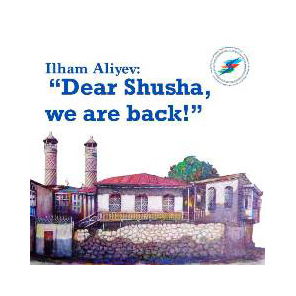

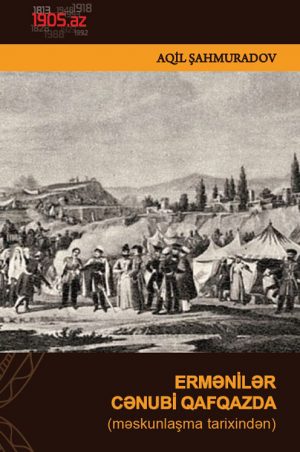


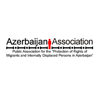


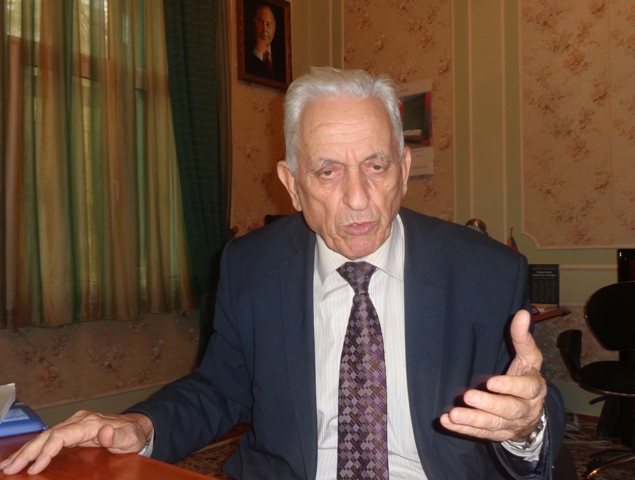
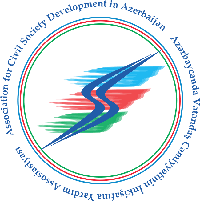
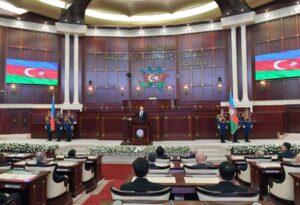 Inauguration ceremony of President of Azerbaijan Ilham Aliyev was held
Inauguration ceremony of President of Azerbaijan Ilham Aliyev was held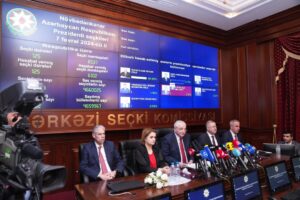 Ilham Aliyev wins presidential election with 92.05 percent of votes VIDEO
Ilham Aliyev wins presidential election with 92.05 percent of votes VIDEO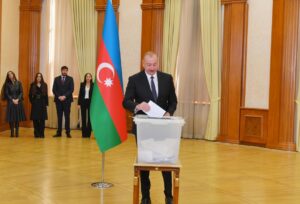 President Ilham Aliyev, First Lady Mehriban Aliyeva and family members voted in Khankendi VIDEO
President Ilham Aliyev, First Lady Mehriban Aliyeva and family members voted in Khankendi VIDEO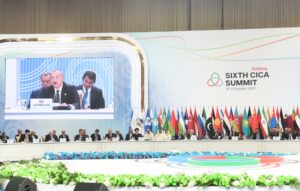 Plenary session of 6th Summit of Conference on Interaction and Confidence Building Measures in Asia gets underway in Astana. President Ilham Aliyev attends the plenary session VIDEO
Plenary session of 6th Summit of Conference on Interaction and Confidence Building Measures in Asia gets underway in Astana. President Ilham Aliyev attends the plenary session VIDEO President Ilham Aliyev was interviewed by Azerbaijani TV channels in Prague VIDEO
President Ilham Aliyev was interviewed by Azerbaijani TV channels in Prague VIDEO



